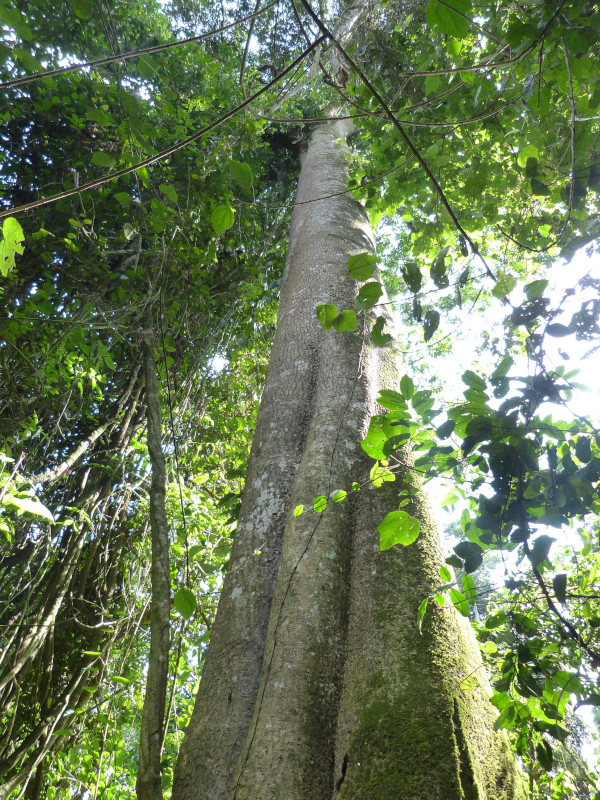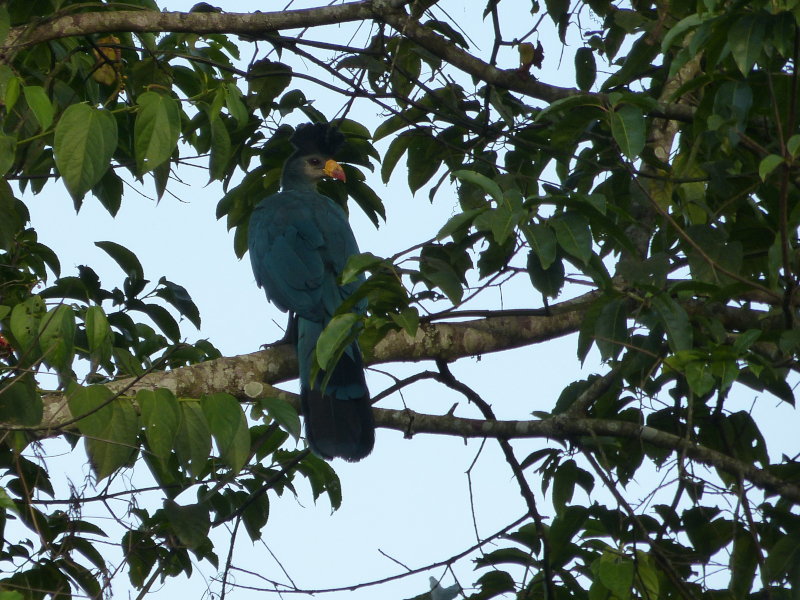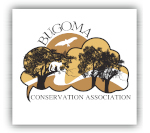The importance of Bugoma Forest
Bugoma Central Forest Reserve, with an official size of 41.144 hectares equal to 411 sq km of protected area, a long forested stretch of about 40 km, was rated 12 out of 65 forests surveyed in Uganda for biodiversity importance (Uganda Forest Department, 2002). The protected reserve was first gazette in 1932.

From a scientific survey carried out in 2010, it is estimated that in Bugoma Forest there are many animals, birds species and plants to be protected and that it is also important because is one of the last remaining forests along the wildlife migratory corridor of the Lake Albert region, between the Murchison Falls Conservation Area (in the North) and the Semliki reserve (in the South) (“Biodiversity Surveys of Bugoma Forest”, December 2010 – Jane Goodall Institute, Wildlife Conservation Society, WWF).
Among the mammals, the primates are abundant, with about 580 chimpanzees (Pan troglodytes), a large number of black and white colobus (Colubus Guereza), Ugandan mangabey (Lophocebus Ugandae), red tailed monkeys, blue monkeys. The Ugandan mangabey only remains present in Bugoma, as it disappeared from other forests in the region. Therefore, Bugoma is a chimpanzee sanctuary, hosting highly endangered species.
Among other animals, Bugoma hosts a small population of bush elephants, golden cats, side-striped jackals (Canis Adustus).

There are 221 birds species recorded in Bugoma making the forest a birding sanctuary. Some birds species classified by IUCN (International Union for Conservation of Nature) as critically endangered, vulnerable and threatened are found in Bugoma Forest, like the Nahan’s fracolin (Francolinus nahani) and Grey parrot (Psittacus Erithacus). Other common birds in Bugoma forests, observed in 2010 research are the following: Little greenbul, Green hylia, Yellow billed barbet, Yellow –whiskered greenbul, Western Nicator, Buff-throated apalis, Yellow-throated Tinkerbird, Rufous flycatcher thrush, Olive sunbird, White-thighed hornbill, Black and white Casqued Hornbill, Black-billed Turaco, speckled Tinkerbird.
In Bugoma the biodiversity survey recorded 224 species of trees and shrubs, higher than in any other forest in the region, which shows that Bugoma is much richer in species composition than any other forest around the region.
 ACBF
ACBF